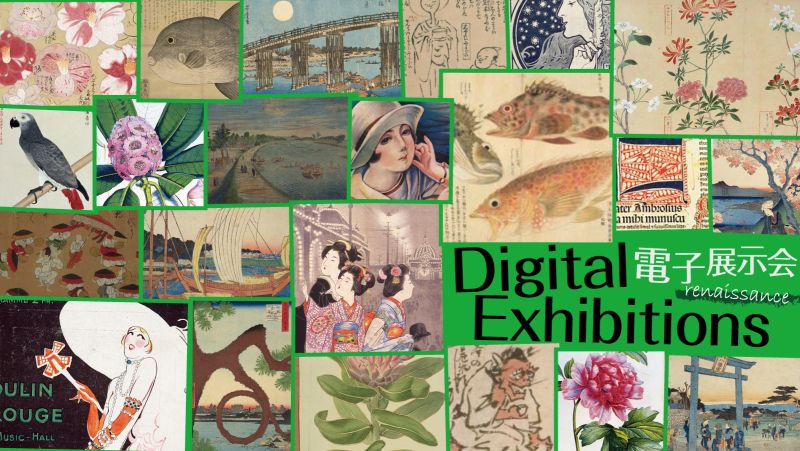Everything is a hina doll

Various types of hina dolls have been made throughout the ages. The hina dolls introduced in this webpage are those recorded in Hina Hyakushu (one hundred types of Hina dolls). Nishizawa Tekiho, a Japanese painter and author, depicted and introduced the finest hina dolls from various periods and regions, including unique variations. Here are some examples.
It is said that Hina dolls originated from the combination of the Joshi-no-Sekku festival, in which people would transfer their misfortunes and troubles to dolls to be floated down a river in their place, and of the doll games passed down in the imperial court.
The dolls in the image above, from left to right, are an otogi-bouko made from habutae (fine silk) fabric, a naked amagatsu (baby doll) also made from habutae, another naked amagatsu, and an amagatsu with clothes. Houko (Bouko) are child’s playing dolls from the Heian period, designed to resemble a crawling child. It features a neck and body made from white silk stuffed with cotton and a head adorned with black hair. Amagatsu, a type of katashiro (human-shaped paper dolls), gained popularity during the Muromachi period and were often placed beside infants' pillows as a protective talisman. As Hina Matsuri gained popularity, amagatsu dolls began to be revered as male figures and houko dolls as female figures, forming the basis for hina dolls.
Hina dolls in the Edo Period
In the era of peace, a new variety of hina dolls also emerged. Hina dolls called Kan'ei bina are one of them. These dolls are similar to those from the Muromachi period (1336-1573) and are characterized by slightly elongated faces. The male doll above is dressed in attire resembling sokutai, a traditional Japanese outfit exclusive to courtiers, with his feet positioned so that the soles are together. The female doll is dressed in attire resembling itsutsuginu, which consists of five differently colored robes, and wears a crown.
Starting around the middle of the Edo period, doll markets were established in Edo's Nihonbashi, and during the Kyoho era (1716-36), dolls became popular among the townspeople. Kyoho bina are hina dolls characterized by long faces, slanted eyes, and opulent costumes made of gold brocade and cotton. The male doll is dressed in attire resembling sokutai, featuring taut sleeves and carrying a sword. The female doll is dressed in a garment resembling the karaginu, a traditional short robe worn by noblewomen.
Yusoku bina are hina dolls created during the Horeki period (1751-64), specially ordered by court nobles and others in Kyoto from doll makers. Doll makers outfitted the dolls in costumes that reflected the historical traditions of court nobility. The Toen Yusoku Bina in the above image is a wood-colored work by Morikawa Toen, a master craftsman at the end of the Edo period.
The above are Jirozaemon bina, hina dolls featuring slanted eyes and hooked noses, evoking women’s beauty standards from the Heian period. The dolls are believed to be named after Hinaya Jirozaemon, the artisan who crafted them.
Variants of hina dolls
Nanohana bina are elegant hina dolls featuring a flower for the face, a folded rape blossom (nanohana) for the body, a pine needle as the sword, and a mizuhiki cord for the obi (sash). In the neighborhoods around Edo, children enjoyed crafting nanohana bina during the Hina festival season.
Fuji bina are hina dolls made of clay and modeled after the shape of Mt. Fuji. The dolls depicted above are elegant dolls colored by Murata Tanryo, a Japanese painter.
Koshigaya dan bina are hina dolls made near Koshigaya, Saitama Prefecture. The Koshigaya dan bina consists of mame bina (miniature hina dolls), featuring characters like the dairi (Imperial couple), goninbayashi (five musicians), and sanninshicho (three palace civil servants), displayed in a set, housed in a box measuring four to five sun (approximately 12 to 15 cm).
Konosu Takasago bina are paper hina dolls made in Konosu, Saitama Prefecture. Konosu was famous for its dolls. Takasago are dairi bina dolls that represent Jo (old man) and Uba (old woman) from the Noh play Takasago, with the hope that the couple remains close until old age.
Ryukyu bina are male and female hina dolls resembling anesama ningyo (kimono-clad paper dolls), featuring heads crafted from grass and costumes made of paper.
Okagami bina are hina dolls carved from wood into the shape of an offering, then painted and placed on the sampo, a stand used to hold vessels during offerings on the altar in front of the gods. Okagami bina were invented by the painter Torii Kiyotada.
Musou bina are three-tier hina dolls made from kurimono, a traditional Japanese craft technique involving the carving of wooden blocks to create various objects, with a male hina doll on top, a female hina doll in the middle, and a child on the bottom. The doll got its name from the story of a hina doll having a child in a dream (musou) one night.
Tosaito bina are an old-fashioned variant of hina dolls with taste. Red, white, and black threads are wrapped around sticks that resemble crowns, with the longer one representing a female hina doll and the shorter one representing a male hina doll. They are also unique in that the gold paper folding screen at the back has a doro-e style (a type of ukiyo-e created with inexpensive powdered pigments) painting of a pine tree and a crane.
Although just a few hina dolls are introduced here, many hina dolls are depicted in Hina Hyakushu. It features various types of hina dolls, such as standing and sitting hina dolls, and those made of paper, wood, and earthenware. From the hina dolls depicted there, we can see that the dolls were decorated according to each region's history, culture, and customs.
